
L.A. Conservancy announces 2018 Preservation Award recipients
By Hope Daley|
Tuesday, Feb 13, 2018
Related
The Los Angeles Conservancy has announced the recipients of its 37th annual Preservation Awards, which recognize achievement in the field of historic preservation. This year’s projects reflect
a wide range of efforts to preserve L.A. County’s architectural heritage.
The nine award recipients are:
Chairman's Award: Hauser & Wirth Los Angeles
This flour mill-turned-arts center, pictured above, was taken up by international art gallery Hauser & Wirth, who has a track record of restoring historic places around the world. When they opened in Los Angeles, the company adapted the former home of the Globe Grain & Milling Company in downtown’s Arts District. A street art historian identified the graffiti murals that covered much of the complex, many of which were restored.
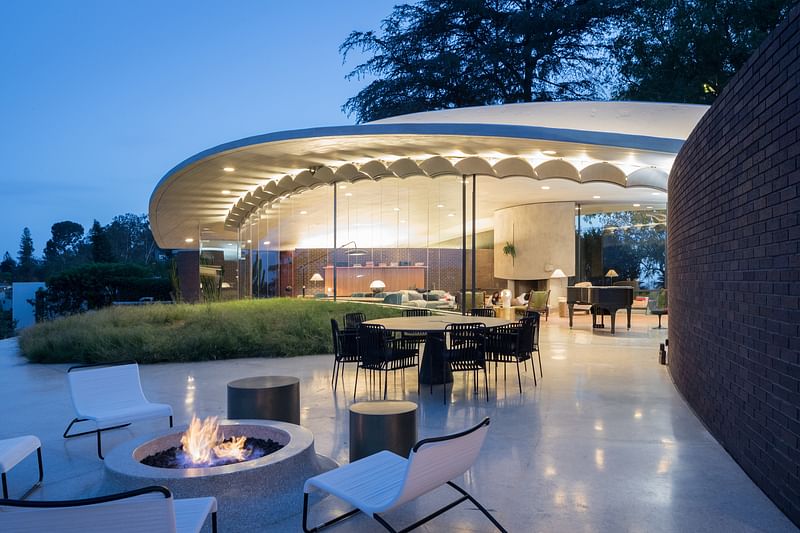
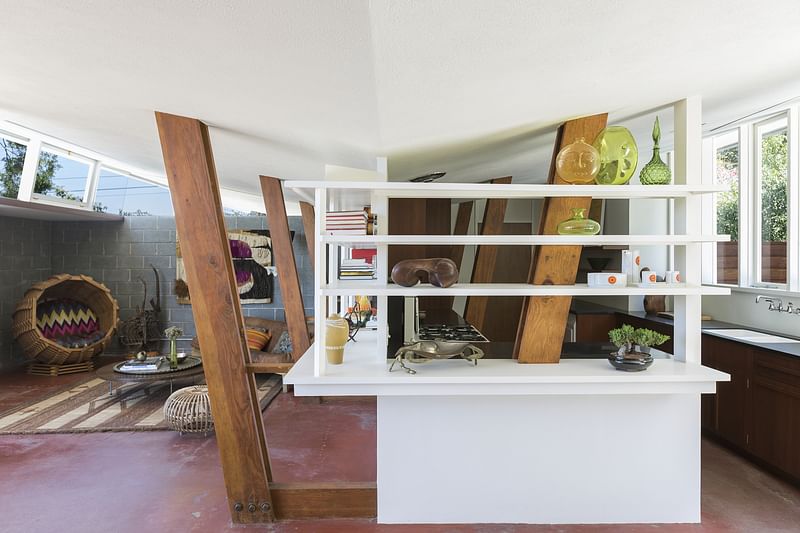
Salkin House and Silvertop
Two Lautner residences have been restored in the Los Angeles area by Bestor Architects. The Salkin House, forgotten for decades, found a preservation-minded owner who restored it to its former glory. The team painstakingly removed incompatible alterations, such as flooring that covered the home’s original red concrete floor, and found a way to waterproof the house.
Reiner-Burchill Residence (Silvertop) was commissioned by industrialist and engineer Kenneth Reiner as his home. Silvertop was Lautner’s first major use of monolithic concrete as a sculptural as well as architectural component. Bestor Architects restored several features back their original design, from terrazzo flooring to the motorized pass-through from the kitchen to the living room.

Starbucks (Gilmore Gas Station)
This prime example of L.A.’s car culture once again serves as a fuel station. Starbucks restored the once gas station into a walk up and drive through coffee shop. The architecture team removed incompatible alterations, such as metal roll-up garage doors, and replaced them with contemporary adaptations of historic garage doors. The team meticulously restored the station’s decorative lighting and recreated the historic cantilevered canopies.
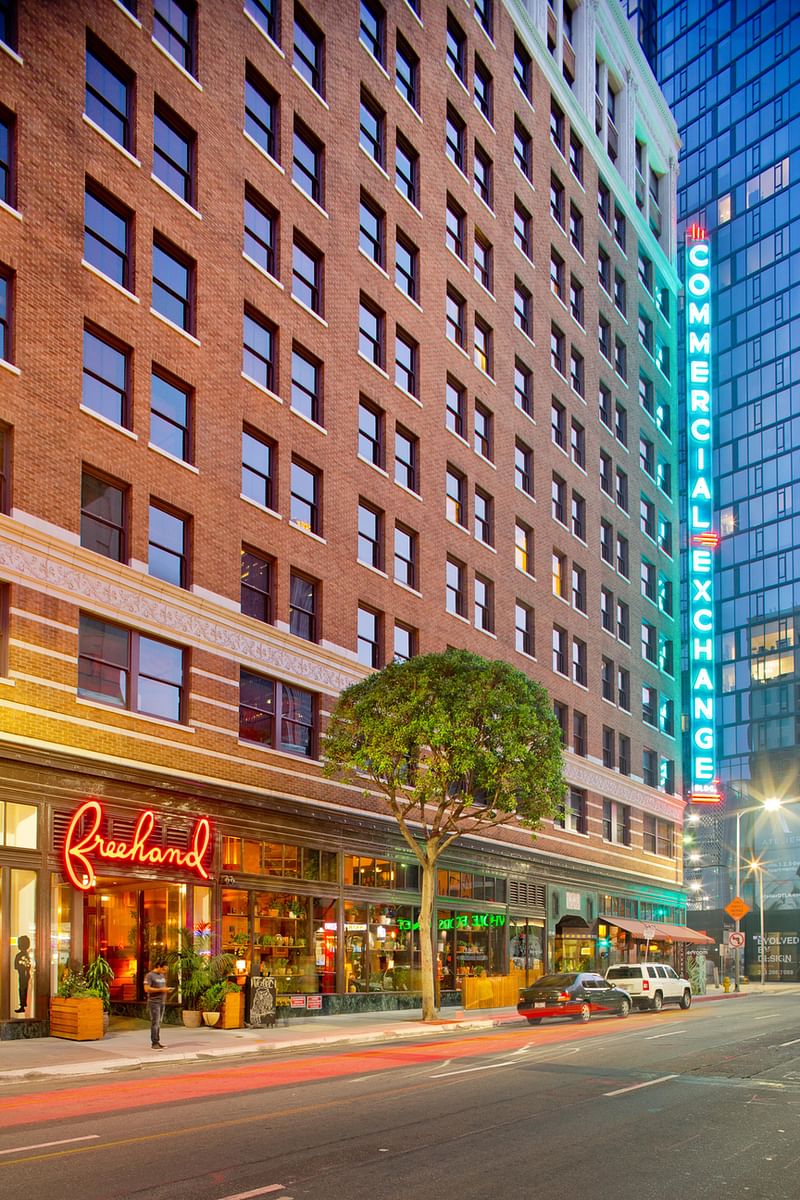
Freehand Los Angeles
A long-neglected former office building, originally designed by architects Walker & Eisen, was transformed into a vibrant hotel in the heart of Los Angeles. The project team uncovered several hidden features including the original wooden transom and at least one storefront dating from the 1930s. They carefully removed decades of old paint and incompatible flooring, revealing an original Owl Drug Company tile mosaic now visible in the dining room. Missing pieces were reconstructed from photographs and the original neon blade sign was restored.
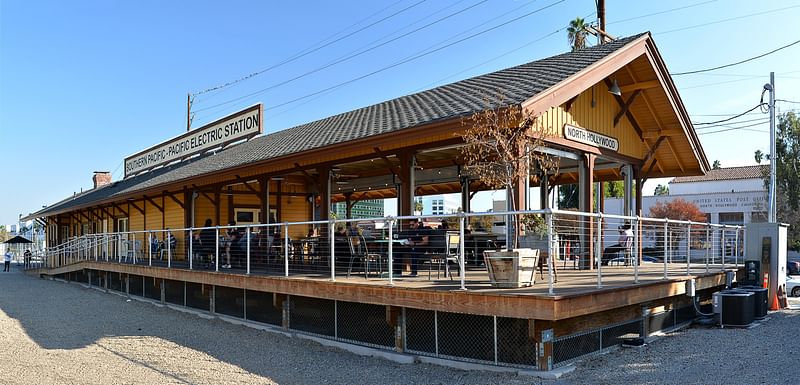
Lankershim Depot
Closed for more than thirty years, one of the San Fernando Valley’s oldest buildings has gained new life as a coffee shop. M2A Milofsky and Michali Architects restored this nineteenth-century railroad structure removing hazardous materials and restoring the original roofing. The roof was stabilized and a seismic upgrade added new footings, shear walls, and moment frames integrated into the structure. The team researched and restored the building to its original aesthetic as a Pacific Electric station, matching color schemes and re-building the chimney and signage.

Glendale Central Library
A rehabilitation project embraced a 1973 Brutalist design, adapting it to meet the changing nature of libraries while respecting and reviving its historic character. Originally designed by architect Marvin Taff of Welton Becket and Associates this Brutalist-style building composed of cast-in-place concrete. The project team designed new entrances to the building in order to better connect to the neighborhood and surrounding area. Adapting the function of a library, the renovation also includes a new TeenSpace, an outdoor café, a reading spa, exhibition space, a recording studio, and a rentable space with tools for local artists and craftspeople to use.
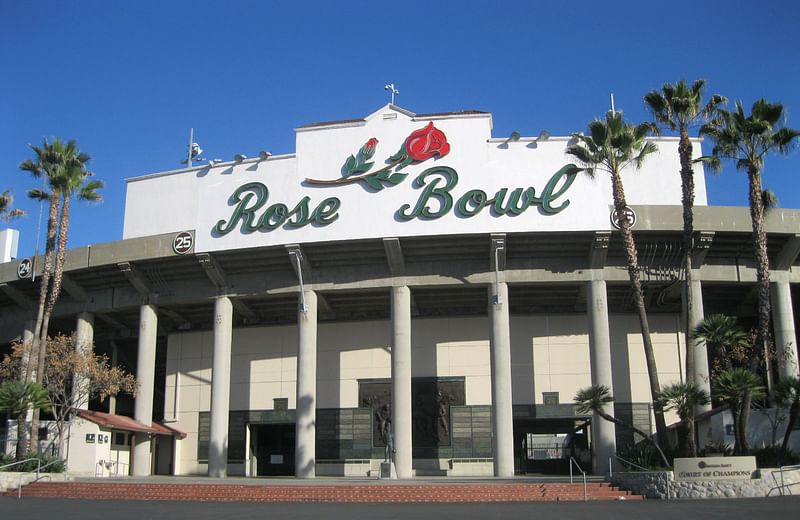
Rose Bowl
The beloved stadium’s creative and sensitive rehabilitation proves the viability of historic sports venues, an increasingly endangered species. This structure was originally designed by architect Myron Hunt, a long time Pasadena resident. Lead by D’AIQ Architects, the renovation project upgraded amenities, improved public safety, updated systems and infrastructure, reversed insensitive alterations, and enhanced operations. High-definition video boards and advertising signage meets current expectations of fans and provides ad revenue, yet its restrained design respects the historic structure.

RELATED NEWS Perkins Eastman San Francisco to redesign historic Harvey Milk Plaza


Share
1 Comment
citizen · Feb 13, 18 9:01 PM
Good list of worthy honorees.
But, wow, look at that Salkin House interior. It's like "Duck! A meteor crashed up on the roof!"
Comment as :